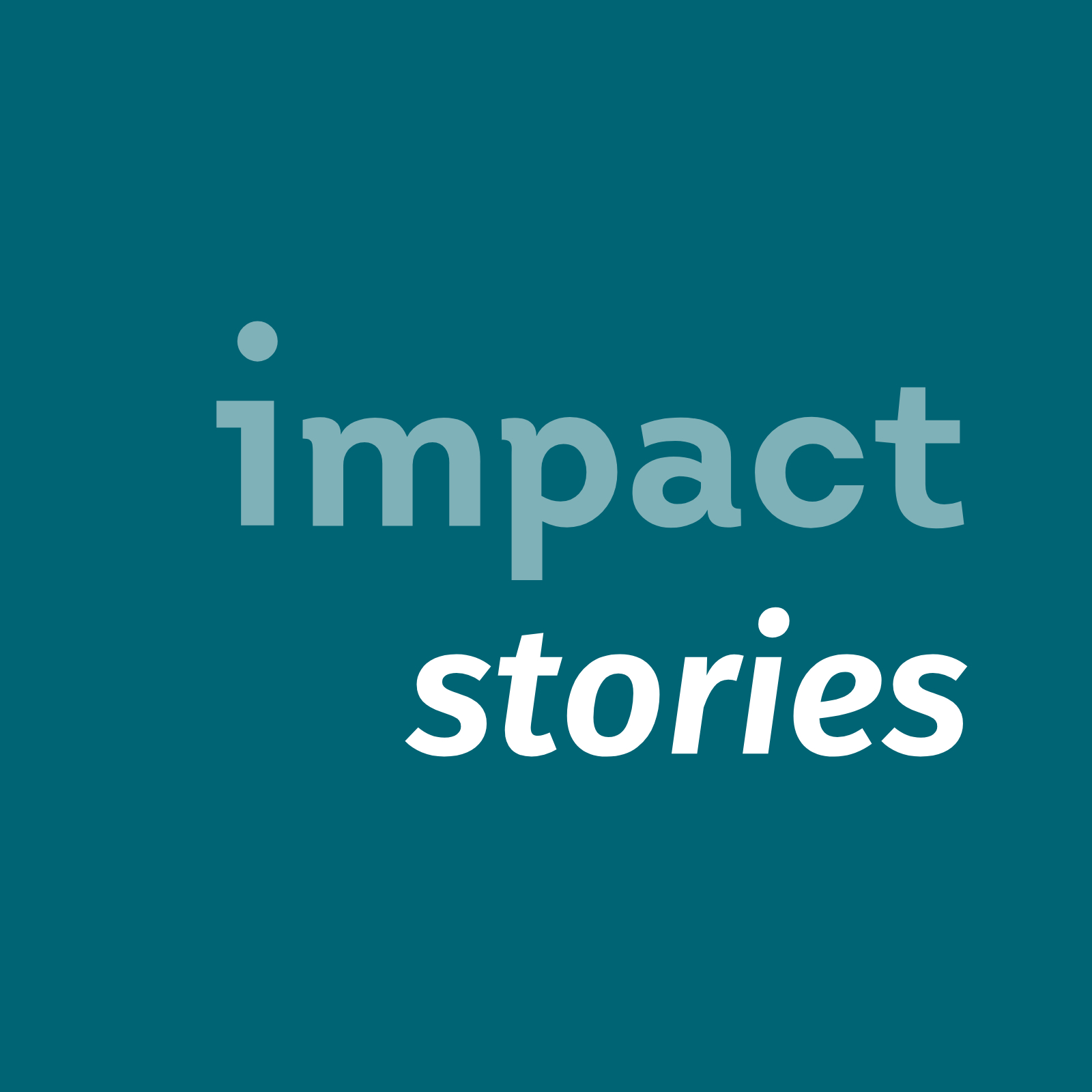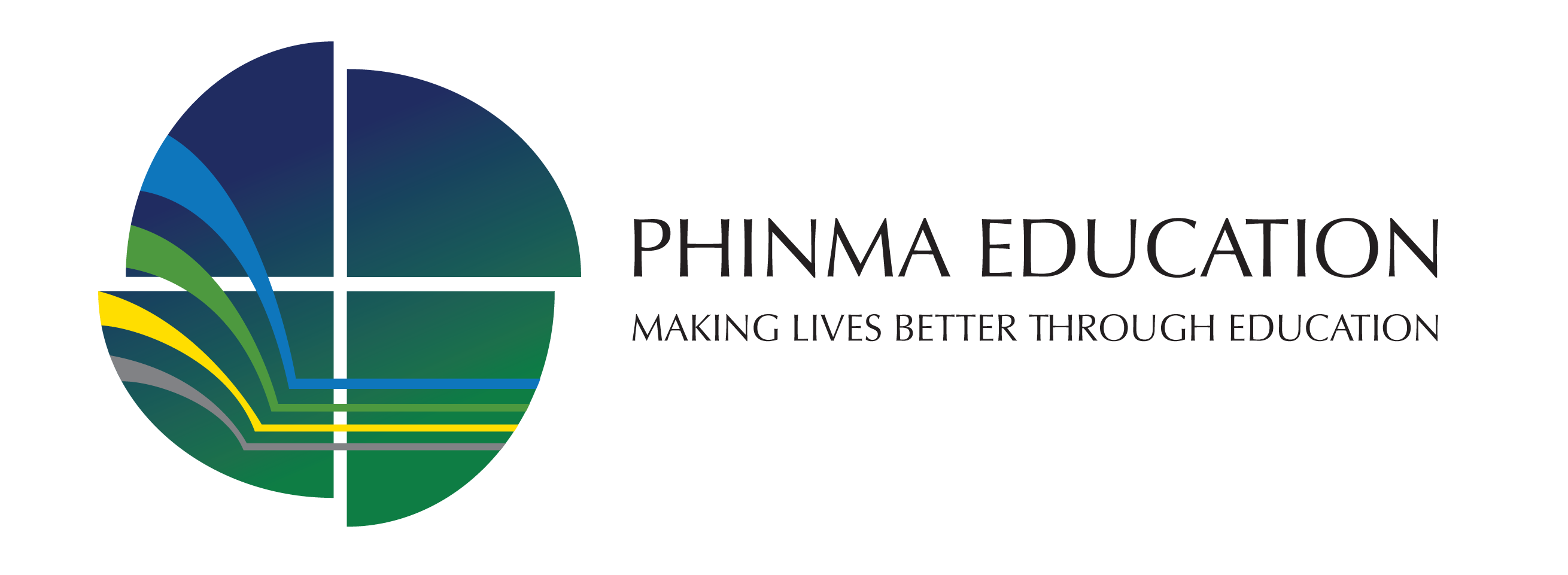

PHINMA Education
PHINMA Education reduces poverty in the Philippines by providing quality education to students from low-income families. It not only charges the students a low rate, but also offers scholarships to qualified students based on their Poverty Probability Index score. Typically, up to 60 percent of the entire student population receives a scholarship. These interventions address not just their financial and academic needs but also their psycho-social challenges. This helps them attain gainful employment.
To start, can you briefly introduce yourself?
I am Dr Chito B. Salazar, the President and CEO of PHINMA Education. In addition, I co-founded Philippine Business for Education, a policy advocacy group. My own personal mission has always been to reduce poverty in the Philippines. I do so through education because I am familiar with the sector.

What is PHINMA Education all about?
We own and manage a network of higher education institutions, mostly in the Philippines. The schools offer college degrees to low-income students. Our mission is to improve the lives of our students through education. We are a profitable business, but it is the mission that drives everything. From a business perspective, too, it makes sense to target low-income students instead of competing for the high-income market.
How do you make college education accessible to low-income students?
There are two types of accessibility issues, and tuition fees are the easier one. To keep prices down, we have identified efficiencies and removed everything that is not essential for education. For example, we do not push lecturers to publish. As a result, we only charge about 300 dollars per semester. We also offer scholarships to about 60% of our students. They only pay 200 US dollars per semester, and even less during the pandemic.
The more challenging part is that most of our students have graduated from government high schools and have poor reading and maths competencies. We only have four years to prepare them for a college degree, which involves a standardized government exam. It took us five to seven years to develop our curriculum. Now, we have pass rates of about eighty percent – the same as some of the elite private schools.
How do you prepare students for the government exams?
We not only address their academic deficiencies, but also their social needs. Poverty affects people not just financially but comes with a whole bunch of social and mental challenges. Many students lack self-confidence, are not used to city life, and have never been intellectually challenged. 65 to 75 percent of them are first-generation students, so they lack mentors and role models. Through our Student Success Programme (SSP), we develop their ability to believe in themselves and address their needs holistically.

How does higher education improve your students’ lives?
About eighty percent of our students find employment within the first twelve months upon graduation. Among employed students, about 60% found jobs very related to their field of study. On average, they recover the investment in their education within a year.
Making higher education accessible to everyone also reduces inequalities and improves the lives of students’ communities. Many study to support their families. When they have found employment, they support their parents to generate an income.
How many students do you reach?
In 2004, we started with only one school and 5,000 students. Now, we run nine schools in the Philippines and one school in Indonesia. We teach 95,000 students, out of which 65 to 75 percent come from households earning less than 300 US dollars per month.
Most students come straight out of senior high school and are 18 years old when they enter our schools. Little more than half of them are female. Currently, we are thinking about ways to get more women into programmes like engineering.
What would students do without PHINMA Education?
Many schools offer affordable tuition fees but do not care about quality. Without us, students would end up in one of these schools. They would not get a degree that improves their quality of life.
How do you measure the impact you create?
We measure the academic outputs of our students and trace their employment status after graduation. In addition to measuring these outputs, we are looking for ways to quantify the poverty reduction in students’ families.

What makes your model financially viable?
We run a high volume, low price model. To grow our revenue, we need to grow the number of students. This works because the underserved education market in the Philippines is large. Every family wants to have a college student. The secret is to offer high quality at a low price.
Can you share your annual revenue?
For the current fiscal year, we project an annual revenue of seventy million US dollars. Our net income after tax will be about 20 million. In about five years, our projected annual revenue will hit 220 million US dollars.
What are the main reasons for your success?
First, we are clear about who our market is. All our top managers are required to visit the homes of our students and spend time at the schools. This makes sure we meet the needs of our students.
Second, our mission cascades down to everyone. All our faculty members are willing to give extra time to the students.
Third, we are flexible. We are there to help the students, so we adjust to their needs. One of the innovations we are considering right now is to establish pop-up learning centres in the communities. Students can go there and boost their morale if the pandemic keeps them from traveling to the actual schools.
Do you receive any support from outside the company?
We do not receive any technical assistance or government subsidies. Instead, we have received equity investment from the Asian Development Bank (ADB), the Dutch Entrepreneurial Development Bank (FMO), and Kaizenvest, a private equity group based in India. They own about twenty percent of the company and have provided some directional advice.

How are you planning to expand your reach?
We are planning to reach 300,000 students by 2026. This is a projection based on the current number of high-school students. To do so, we will expand our existing schools and buy new ones in the Philippines and Indonesia. We are also planning to enter a third country by 2025, possibly Vietnam or Cambodia.
What do you need to scale?
The biggest challenge is that our backroom systems are not yet ready for rapid growth. Most suppliers that offer school management systems or online exam tools are too expensive for our students. We need to find one that works well and is affordable.
What else are you looking for?
We are trying to find kindred spirits globally to exchange ideas and best practices.

What main challenges does PHINMA Education face?
We do not run traditional universities: Our schools are all about helping students find jobs. We do not spend any money on research or PhDs. This has caused some regulatory trouble because many government requirements increase the cost of education. We also needed to persuade our own management to rethink their idea of higher education.
Also, the drop-out rate is a continuing challenge. About seventy percent of our first-year students do not make it to the final exams, down from 77 percent. We have built retention systems like home visits by faculty members to keep our students in school.
How did you deal with the Covid-19 pandemic?
The Philippines was in lock-down for more than a year. To reach our students, we developed a paper-based model combined with online mentoring. We kept internet requirements at a minimum because many students lack access to devices and connectivity. We also partnered with telecommunications companies to provide adequate monthly mobile data to our students. The market appreciated our model, so student numbers jumped.
What inspires you to keep going?
We have a very clear focus on our mission. It is our north star.
What recommendations do you have for other inclusive business companies?
All social enterprises should be guided by what good they really want to do. Their mission must come first and guide everything. Also, they really need to get to know the market and find kindred spirits to work for them. Having the wrong people on board hurts the mission.

The Impact Stories are produced by the Inclusive Business Action Network (iBAN). They are created in close collaboration with the highlighted entrepreneurs and teams. The production of this Impact Story has been led by Susann Tischendorf (concept), Sara Karnas (video), Katharina Münster (text), Christopher Malapitan (illustrations), Olachi Opara (info graphics). and Alexandra Harris (editing). The music is royalty free. All photographs are courtesy of PHINMA Education.
Updated: 01/2022.